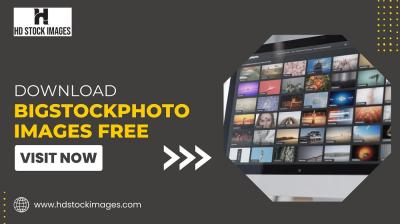Welcome to the digital age of networking! LinkedIn has become an essential platform for professionals looking to connect, showcase their skills, and advance their careers. One of the key features that can elevate your profile is the Work Experience section. This isn’t just a list of past jobs; it's your chance to tell your career story, highlight your achievements, and attract potential employers. Let's dive into why this section is so crucial for your professional presence on LinkedIn.
Why Adding Work Experience is Important
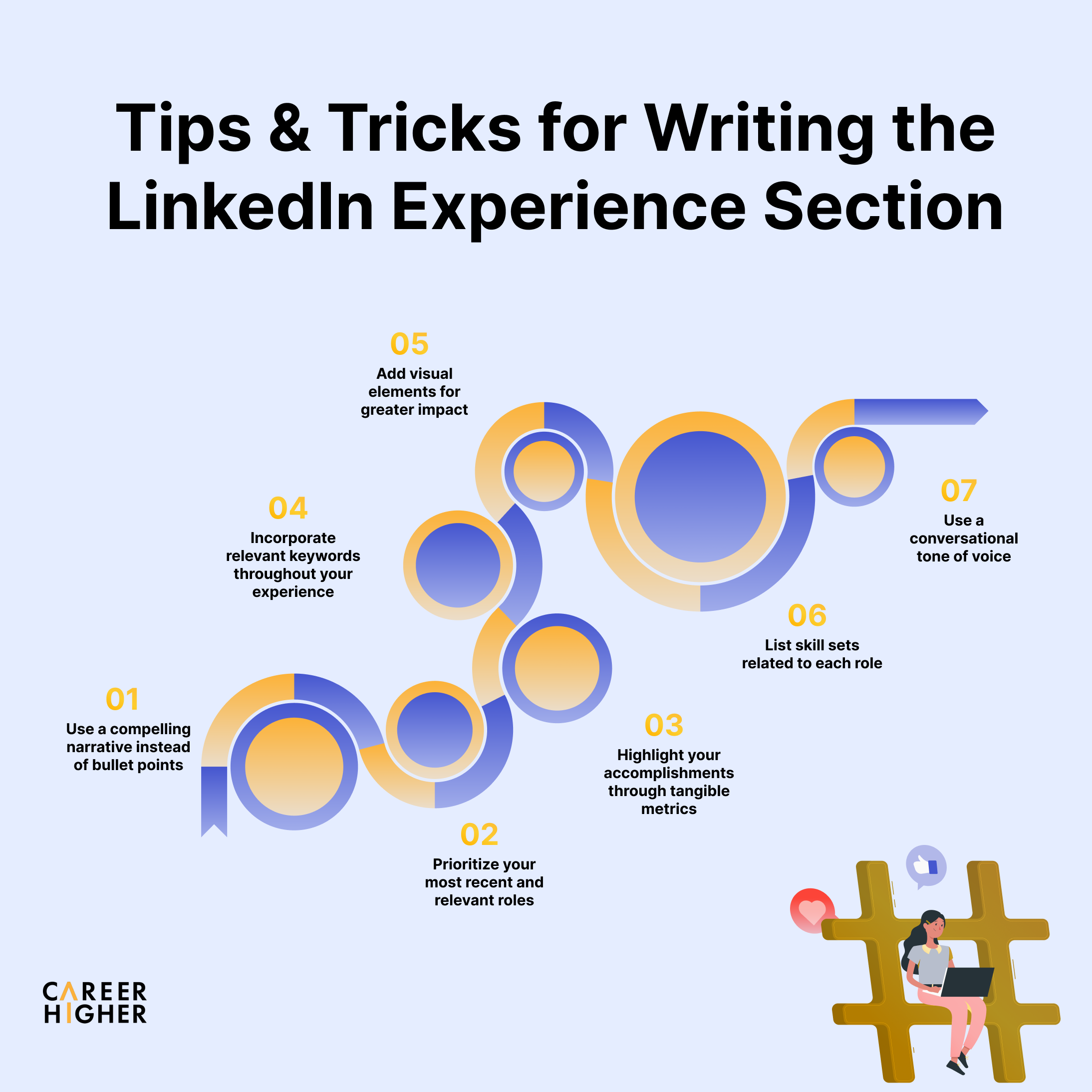
Adding work experience to your LinkedIn profile isn’t just a formality; it can significantly impact your career trajectory. Here are a few compelling reasons why you should invest time in crafting this section:
- Enhances Visibility: Recruiters often use LinkedIn to search for candidates. A well-detailed work experience section increases your chances of appearing in relevant searches. Think of your profile as your personal brand billboard!
- Showcases Your Skills: Each role you list allows you to showcase specific skills and accomplishments. Instead of merely stating your job title, describe what you did and the impact you made. For instance, instead of saying "Managed a team," you might say, "Led a team of 10 to successfully launch a product that increased revenue by 20%."
- Builds Credibility: Detailed descriptions of your past roles can build trust with potential employers. It demonstrates that you have tangible experience and results, which can set you apart from other candidates.
- Facilitates Networking: When you connect with others in your industry, your work experience can spark conversations. It serves as a natural opener for discussions about shared experiences, making networking more genuine and effective.
- Provides Context for Recommendations: When your connections write recommendations, seeing your work history helps them provide more relevant feedback. It encourages them to mention specific projects or skills that align with their experiences with you.
In today’s competitive job market, having a robust LinkedIn profile is non-negotiable. By focusing on your work experience, you’re not just filling out a section; you’re strategically positioning yourself for new opportunities and connections. So, grab your past job descriptions and let’s make your LinkedIn profile shine!
Also Read This: How to Bypass LinkedIn Identity Verification: Risks and Alternatives
3. Step-by-Step Process to Add Work Experience
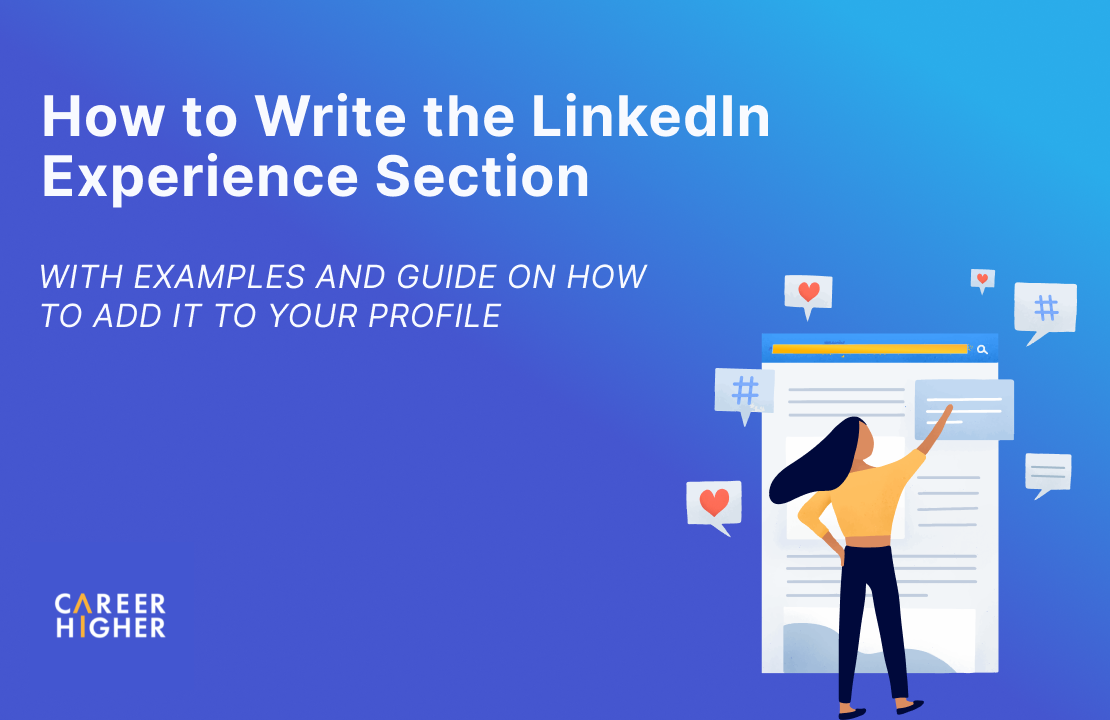
Adding work experience on LinkedIn is a breeze, and I’m here to walk you through it step by step! Whether you’re a seasoned professional or just starting out, this guide will help you showcase your experience effectively. Let’s dive in!
- Log into Your LinkedIn Account: Start by signing in to your LinkedIn profile. If you don’t have an account yet, it’s time to create one. Don’t worry; it’s quick and easy!
- Navigate to Your Profile: Once you’re logged in, click on your profile picture or the “Me” icon at the top of the LinkedIn homepage. This will take you directly to your profile page.
- Find the “Add profile section” Button: On your profile page, look for the “Add profile section” button. It’s usually located below your profile picture and introductory information. Click on it to see a dropdown menu.
- Select “Work Experience”: In the dropdown menu, locate and click on “Add position” under the “Experience” section. This is where the fun begins!
- Fill in the Details: A form will pop up asking for various details about your position. This is where you’ll enter:
- Job Title: Be clear and specific.
- Company: Start typing the name of the company; LinkedIn may suggest options.
- Location: Mention where you worked.
- Time Period: Indicate the start and end dates of your employment.
- Description: This is your chance to shine! Write a brief overview of your responsibilities and achievements.
- Add Media (Optional): If you have any supporting documents, links, or presentations, you can upload them here. Visuals can make your profile pop!
- Save Your Changes: After you’ve filled out all the necessary information, click the “Save” button. Congratulations! You’ve officially added a new work experience to your profile.
Repeat these steps for any other positions you want to add, and watch your professional history grow!
Also Read This: How to Find a Headhunter on LinkedIn to Expand Your Job Search
4. Tips for Crafting Effective Work Experience Descriptions
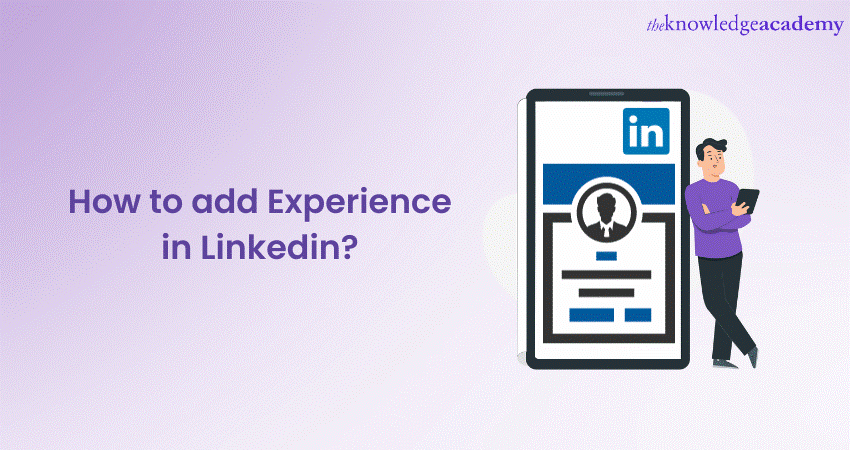
Now that you know how to add work experience to your LinkedIn profile, let’s focus on making those descriptions truly stand out. Your work experience should not just list what you did but also highlight your achievements and skills. Here are some practical tips to help you craft effective descriptions:
- Start with a Strong Opening: Begin with a captivating sentence that summarizes your role and its significance. For example, “As a Senior Marketing Manager, I spearheaded innovative campaigns that boosted engagement by 30%.”
- Use Action Verbs: Don’t shy away from using powerful action verbs to convey your contributions. Words like “developed,” “implemented,” “led,” and “enhanced” can add impact.
- Quantify Your Achievements: Whenever possible, include numbers or statistics. Instead of saying, “Increased sales,” try “Increased sales by 25% over six months through targeted strategies.”
- Highlight Key Skills: Reference specific skills that are relevant to your role. If you excelled in project management or team collaboration, mention those skills explicitly.
- Keep It Concise: While it’s important to provide enough detail, aim for clarity and brevity. A few well-crafted sentences can be more impactful than lengthy paragraphs.
- Tailor to Your Audience: Think about who might be reading your profile—potential employers or industry peers. Tailor your language and emphasis to resonate with them.
- Use Bullet Points for Clarity: If you have multiple achievements or responsibilities, consider using bullet points for easier reading. This format can make your profile more scannable.
Remember, your LinkedIn profile is your professional persona online. Investing time in crafting thoughtful work experience descriptions can greatly enhance your visibility and appeal. Happy updating!
Also Read This: Where to Find Your Resume on LinkedIn: Accessing and Viewing Your Resume on LinkedIn
5. Common Mistakes to Avoid When Listing Experience
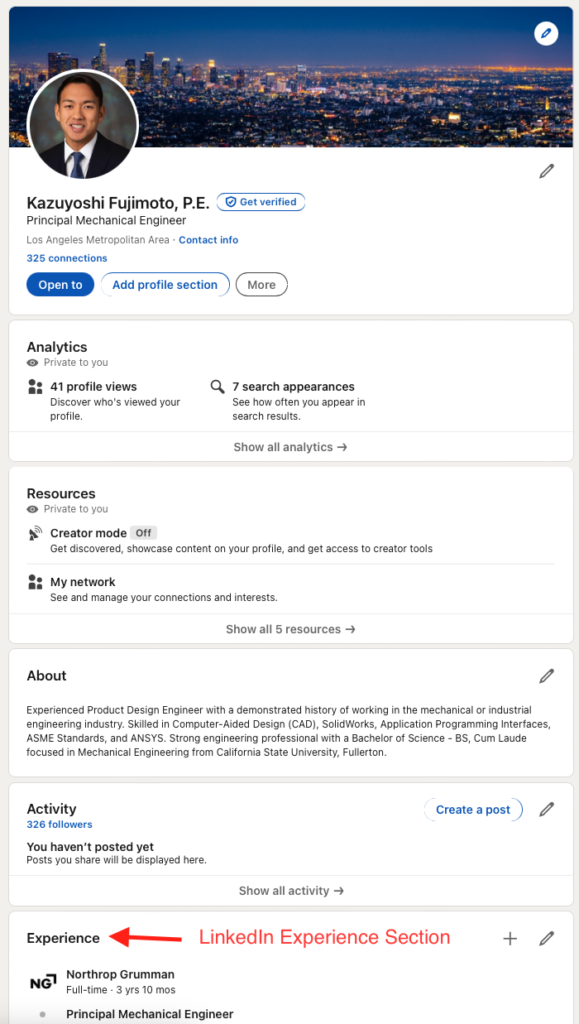
When it comes to listing your work experience on LinkedIn, there are several pitfalls that can undermine your profile. Here’s a rundown of the most common mistakes to avoid:
- Inconsistent Formatting: Keeping a uniform style throughout your profile is essential. If you use bullet points for one job, do the same for all positions. This helps maintain a professional look.
- Vague Job Descriptions: Avoid general statements like "responsible for managing projects." Instead, be specific: "Led a team of 5 to complete a project ahead of schedule, saving the company 20% in costs." This paints a clearer picture of your contributions.
- Neglecting Keywords: Many recruiters use keyword searches to find candidates. Make sure you include industry-related terms and specific skills that align with your career goals. Words like "data analysis," "project management," or "customer engagement" can make a difference.
- Ignoring Quantifiable Achievements: Simply stating job duties won’t set you apart. Highlight your achievements with numbers. For instance, “Increased sales by 30% within six months” is much more impactful than “Worked on sales strategies.”
- Outdated Information: Keep your profile current. If you’ve landed a new job or earned a certification, update your LinkedIn promptly. An outdated profile can give the impression that you’re not actively engaged in your career.
By steering clear of these common mistakes, you can create a LinkedIn profile that not only attracts attention but also showcases your professional journey effectively.
Also Read This: How to Save LinkedIn Learning Videos on Your PC for Offline Viewing
6. How to Highlight Achievements and Skills
Now that you know what to avoid, let’s focus on how to effectively highlight your achievements and skills. This is where you can truly shine and differentiate yourself from others in your field.
Start by identifying key accomplishments from each of your roles. Think about times you went above and beyond, received awards, or contributed to significant projects. Here’s how to present them:
- Use the STAR Method: Structure your achievements using the Situation, Task, Action, and Result format. For example:
- Situation: Faced declining sales in Q1.
- Task: Tasked with revamping the sales strategy.
- Action: Developed a new outreach program and trained the team.
- Result: Increased sales by 25% in Q2.
- Create a "Skills" Section: Dedicate a section of your profile to showcase your skills. Include both hard skills (like programming languages) and soft skills (like communication). This gives recruiters a quick snapshot of your capabilities.
- Endorsements and Recommendations: Encourage colleagues to endorse your skills and write recommendations. This adds credibility to your profile, showcasing that others value your expertise.
- Utilize Multimedia: Don’t hesitate to add presentations, images, or links to your achievements. For instance, if you led a successful marketing campaign, upload a case study or infographic detailing the results.
By focusing on your achievements and skills in a clear, measurable way, you can create a compelling LinkedIn profile that resonates with employers and expands your professional network.
Also Read This: How to Make My LinkedIn Private: A Complete Guide to Profile Privacy
7. Updating Your Work Experience Regularly
Keeping your LinkedIn profile fresh and up-to-date is just as important as the initial setup. Think of it like maintaining a garden; if you don’t tend to it regularly, weeds (or outdated information) will take over! Updating your work experience regularly not only reflects your current status but also increases your visibility to recruiters and connections.
Why Regular Updates Matter
- Visibility: LinkedIn's algorithm favors active profiles. Regular updates can boost your profile in search results.
- Networking Opportunities: Announcing new roles or skills can prompt conversations with your network, leading to potential job offers or collaborations.
- Showcase Growth: Updating your profile demonstrates professional development, showcasing new skills and responsibilities you’ve acquired over time.
So, when should you consider updating your work experience? Here are some key moments:
- When you change jobs or receive a promotion.
- After completing a significant project or achieving a milestone.
- When you acquire new skills or certifications that are relevant to your career.
- When your professional goals change, and your experience aligns with a new direction.
How to Update Your Work Experience
Updating your work experience is straightforward:
- Log into LinkedIn and navigate to your profile.
- Click the pencil icon next to the experience section.
- Add new roles or update existing ones, including your job title, company, location, and dates of employment.
- Don't forget to include a description! Use bullet points to highlight key responsibilities and achievements.
As a rule of thumb, consider updating your profile at least once every few months or whenever there’s a significant change in your career. This habit will keep your LinkedIn presence relevant and engaging.
8. Conclusion and Final Thoughts on LinkedIn Profiles
Creating a standout LinkedIn profile is all about storytelling. It's your chance to present your professional journey authentically and compellingly. By adding work experience that is not only current but also reflective of your growth, you can create a profile that resonates with potential employers and connections alike.
Key Takeaways:
- Your LinkedIn profile is a dynamic platform. Treat it as a living document that evolves with your career.
- Regularly updating your work experience can significantly enhance your profile's visibility and attractiveness to recruiters.
- Don’t hesitate to showcase your achievements with quantifiable results and engaging descriptions.
Remember, your LinkedIn profile is often the first impression you make in the professional world. Make sure it tells your story accurately and engagingly. So, whether you’re job hunting, networking, or simply looking to keep your options open, invest time in refining your profile.
Ultimately, a well-crafted LinkedIn profile can be your ticket to the next big opportunity. So, roll up your sleeves, dive in, and start making those updates today!
 admin
admin








